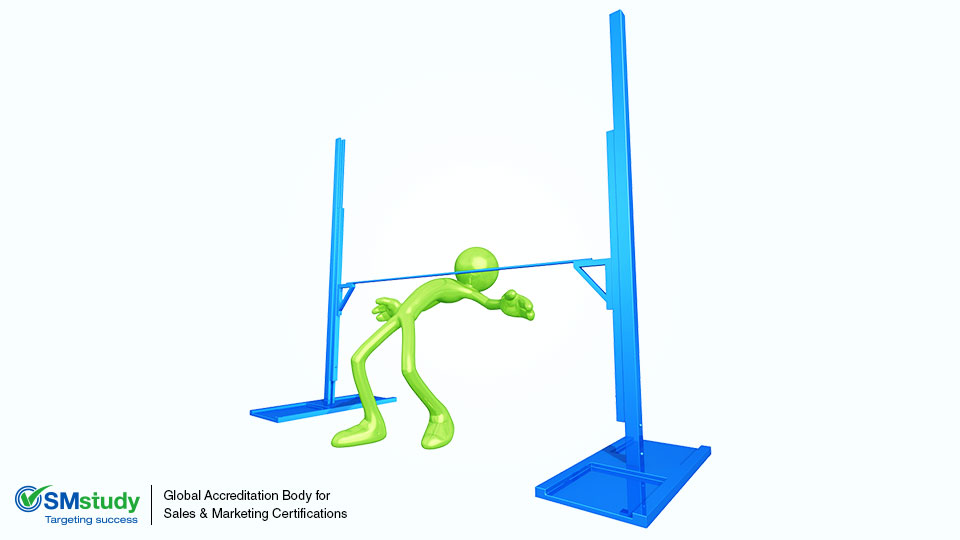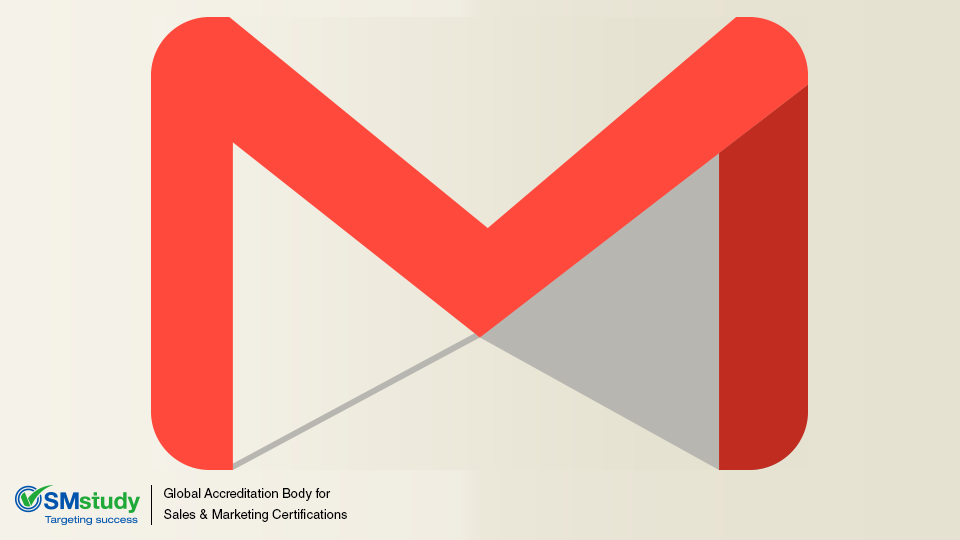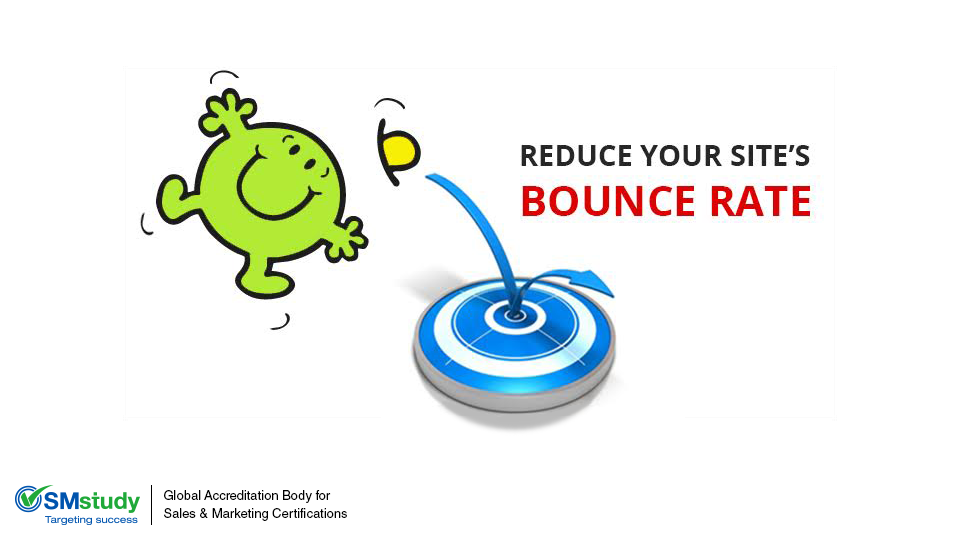By mid-2014 media trackers noted an interesting trend in news consumption. After years of floundering and grasping for innovative ways to engage readers, news outlets such as The New York Times, Bloomberg News and others were seeing their greatest success with email newsletters. Despite all the technologically-enthused punditry to the contrary, old school email emerged as the best method for news delivery.
In a New York Times article from the same year, David Carr reported that news outlets had discovered that their greatest chance of getting “eyeballs” was in the inbox.
This may come as a shock given the newer options (including all the various aspects of social media) out there in the media landscape. It would’ve seemed logical that as new channels for dissemination opened up, there would be a permanent migration away from email marketing, but that has proved to not be the case.
As Carr points out, “newsletters are clicking because readers have grown tired of the endless stream of information on the Internet, and having something finite and recognizable show up in your inbox can impose order on all that chaos.”
As we embark on 2016, email is officially re-emerging as one of the best tools in today’s marketing toolbox as well. This time not because it’s the default (like it was in the 1990s/ early 2000s), but because email possesses some real advantages over its flashier social media cousins.
In fact, as early as the second quarter of 2013, the Custora E-Commerce Customer Acquisition Snapshot was reporting a four-fold increase in customer acquisition via email over the prior four years. In fact, acquisition through email had grown more quickly than acquisition through social media, despite an increase in social media marketing during the same timeframe.
Three years in and we’re still seeing a customer preference for email marketing. So what are the advantages of email marketing and why has it become the “channel of choice” for many consumers?
A few key factors seem to be the main drivers of the “back-to-email” trend.
One important factor was the advent of the mobile email apps. Gmail and other email mobile apps have opened up the email experience to the mobile user in a way not previously possible.
In addition, the rise in smartphone use has contributed to the ease with which people can check their emails. One third of American consumers reportedly check their email “throughout the day,” and the average person is looking through their inbox 150 times a day, according to an August 2015 Business Insider report.
The article states, “now users are able and prompted to check email on the go, and their attention is no longer divided by a multitude of emails in an inbox checked a few times per day – this means they can pay more attention to each message as it comes through.”
Another important development in email is personalization. The ability to personalize an email has proven to be appealing to recipients. Email marketing platforms such as Constant Contact and Mailchimp allow for user-friendly, one-step personalization.
Author Anne Muehlenhaup notes in her article “The Resurgence of Email Marketing” that personalizing email campaigns based on geography is also an important benefit.
“The result is a more intimate outreach to prospective buyers that delivers to them only the information that is most relevant and specific to them,” Muehlenhaup says.
And the last and perhaps most important benefit of email marketing is it allows the sharing of meaningful, relevant content. Marketers can provide quality content and at the same time keep a customer or potential customer informed on company announcements and product updates.
In a piece titled “5 Must-Haves to Revamp Your 2016 Email Strategy”, Natasha D. Smith, senior editor of Digital Marketing News quotes Christopher Lester, VP of sales for Emma who states, “The overall theme we see happening (in email marketing) this year is relevancy—in other words, what's relevant to the consumer and not to solely the sender of the message. The expectation of the consumer is that it's not just content for content sake.”
And finally, compared to social media marketing which can be challenging to track in regards to click-through rate, page views and conversions. Email marketing provides a clear look at consumer behavior and how retention and conversion can be improved moving forward.
Although the future may prove different, it appears (at least for now) that convenience, personalization and quality content make email marketing a weapon of choice for sales and marketing teams and the vehicle of choice for today’s consumer.
Sources:
“For Email Newsletters, a Death Greatly Exaggerated” David Carr. June 24, 2014 http://www.nytimes.com/2014/06/30/business/media/for-email-a-death-greatly-exaggerated.html?_r=1
Custora Ecommerce Customer Acquisition Snapshot Q213, http://blog.custora.com/custora-content/uploads/downloads/2013/07/Custora_EcommSnapshotQ213.pdf
“People either check email all the time, or barely at all” Matt Rosoff, Aug. 17, 2015 http://www.businessinsider.com/how-often-do-people-check-their-email-2015-8
“The Resurgence of Email Marketing” Anne Muelenhaupt, Sept. 22, 2015 http://blog.act-on.com/2015/09/resurgence-email-marketing/
“5 Must-Haves to Revamp Your 2016 Email Strategy” Natasha D. Smith, Jan. 12, 2016,=. http://www.dmnews.com/email-marketing/5-must-haves-to-revamp-your-2016-email-strategy/article/464405/




.jpg)



